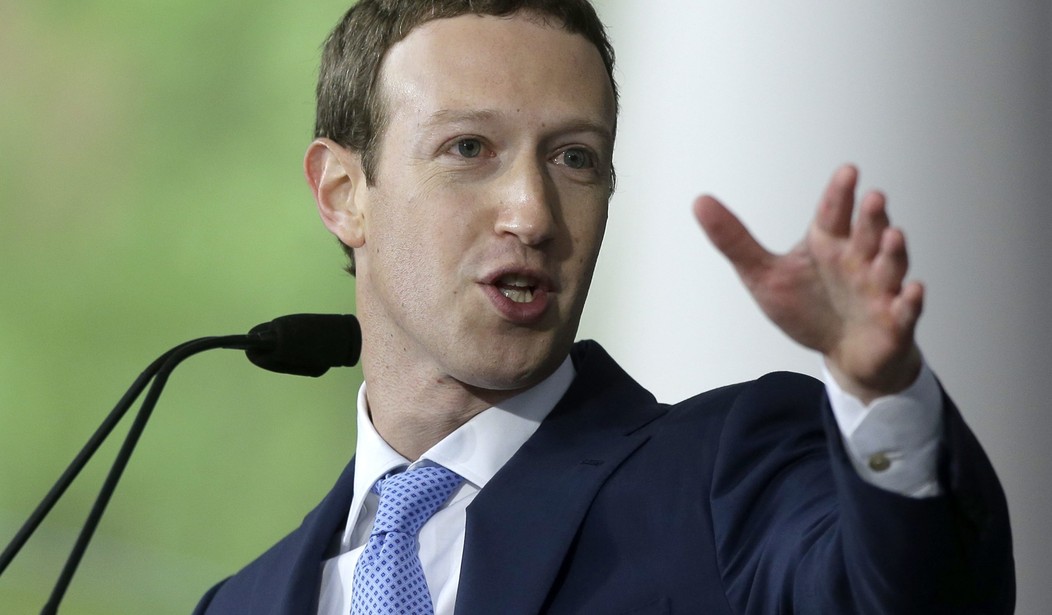When President Obama ran for reelection in 2012, his campaign advisers mastered the use of social media to reach his base and to motivate them to contribute and vote. As noted on the Media Psychology Blog:
Obama dominated the social media space because his team got how networks work. The real power of social media is not in the number of posts or Tweets but in user engagement measured by content spreadability. For example, Obama logged twice as many Facebook “Likes” and nearly 20 times as many re-tweets as Romney. With his existing social media base and spreadable content, Obama had far superior reach.
Four years later, the tide turned, social media’s influence grew further, and understanding it became much more complex. It’s becoming apparent that the Trump campaign was much more adept at using Facebook ads than was the Clinton campaign.
As noted on The Verge:
After the 2016 presidential election, a senior Facebook employee said that Trump’s cost of reaching voters was substantially lower than Clinton’s. Trump was able to reach a larger audience than Clinton for less money, the employee said, showing their ability to make better use of Facebook.
Giles-Parscale, Trump’s digital agency, said their ads generated more ad impressions with $90 million than Clinton’s agency, Bully Pulpit Interactive, generated spending $100 million.
Trump’s agency benefitted from Facebook’s algorithms, which cause ad costs to drop as engagement increases. That allowed their budget to reach additional targets.
User engagement is paramount to Facebook. It relates to how long a user engages with an item, such as by liking, commenting, and sharing. Facebook’s model is to extend user engagement as long as possible with everything it shows us, including our friends’ posts, news, or ads. Greater engagement means greater profits for Facebook.
Ads that lead to greater engagement will generate more revenue for Facebook, so Facebook will often share those ads on their own — at no cost to the advertiser — to selected users they think will like the ads. They also do this with news and other posts. Facebook knows what motivates each and every user, based on their likes and clicks.
With Facebook sharing the ads, it lowers the cost per impression for the advertiser and encourages running ads that have greater engagement. What kind of ads are those? Controversial, even outrageous ads that motivate us to read and share with our friends.
That incentivizes advertisers to create more controversial ads, and Facebook to serve up those ads to users likely to appreciate them. Users want to see reaffirming ads they can share and discuss with friends.
This is unlike how normal advertising works, where advertisers pay based on how many impressions the ad makes regardless of what consumers do after seeing the ads.
In reality, this is just skimming the surface of how Facebook works. It’s been very opaque and unwilling to share just how its algorithms work and why we see what we do, unlike conventional advertising that is regulated by the Federal Election Commission. There’s likely much more going on that maximizes Facebook’s revenue that we don’t know about — and that can affect future elections.
Facebook is now facing pressure to explain how its system works, who has paid to advertise, and what the advertisements were. And deservedly so, because it will likely be shown that their influence is magnitudes greater than assumed.









Join the conversation as a VIP Member